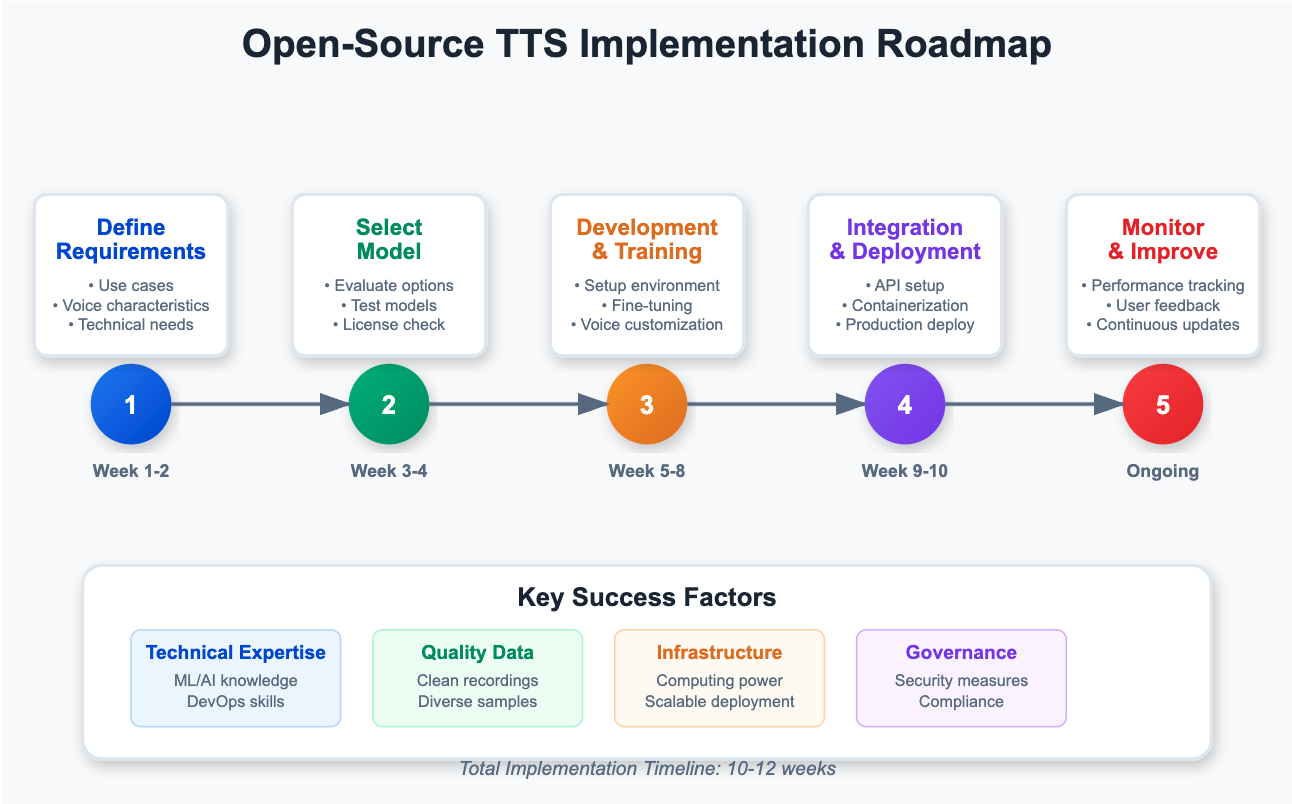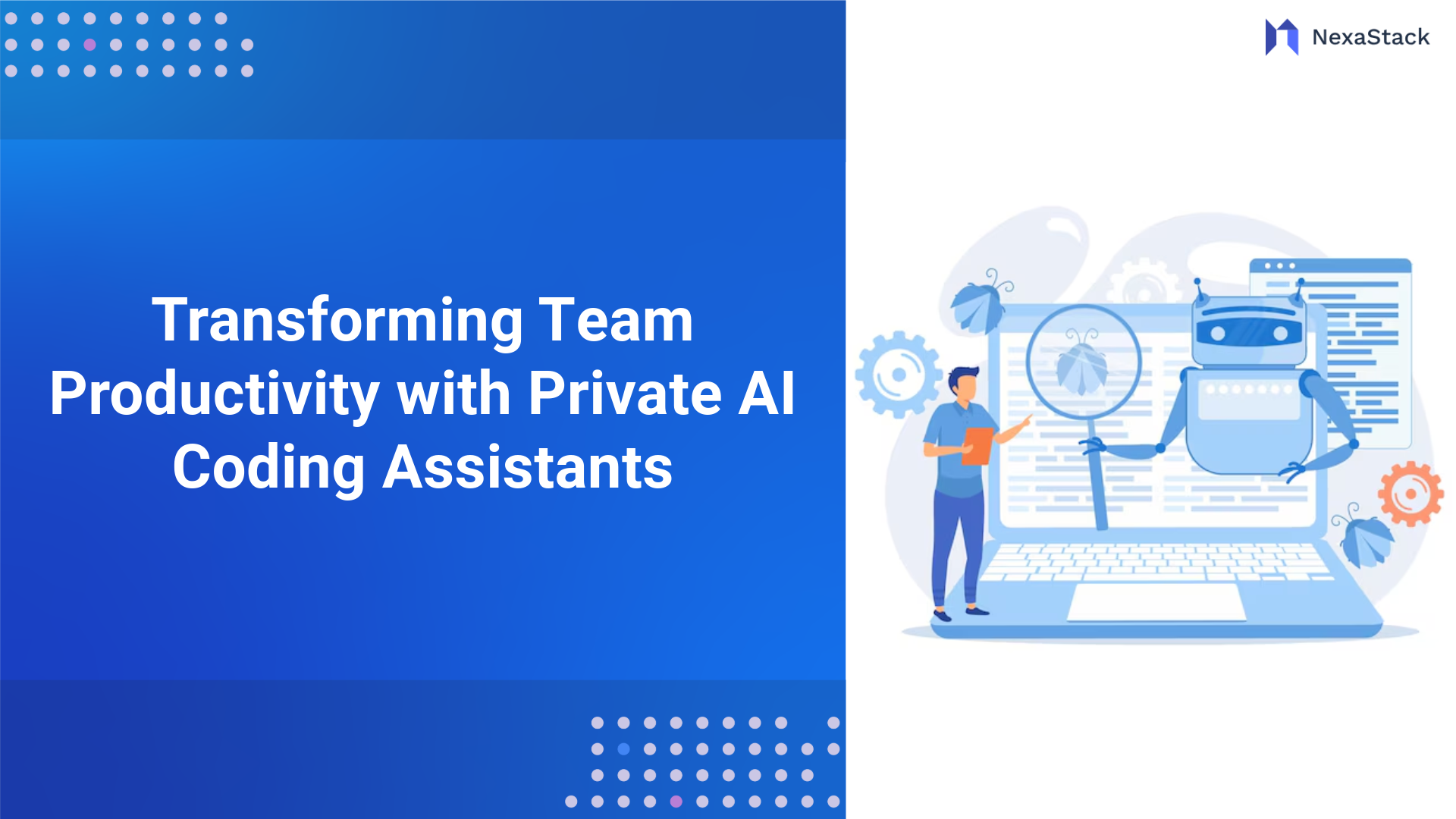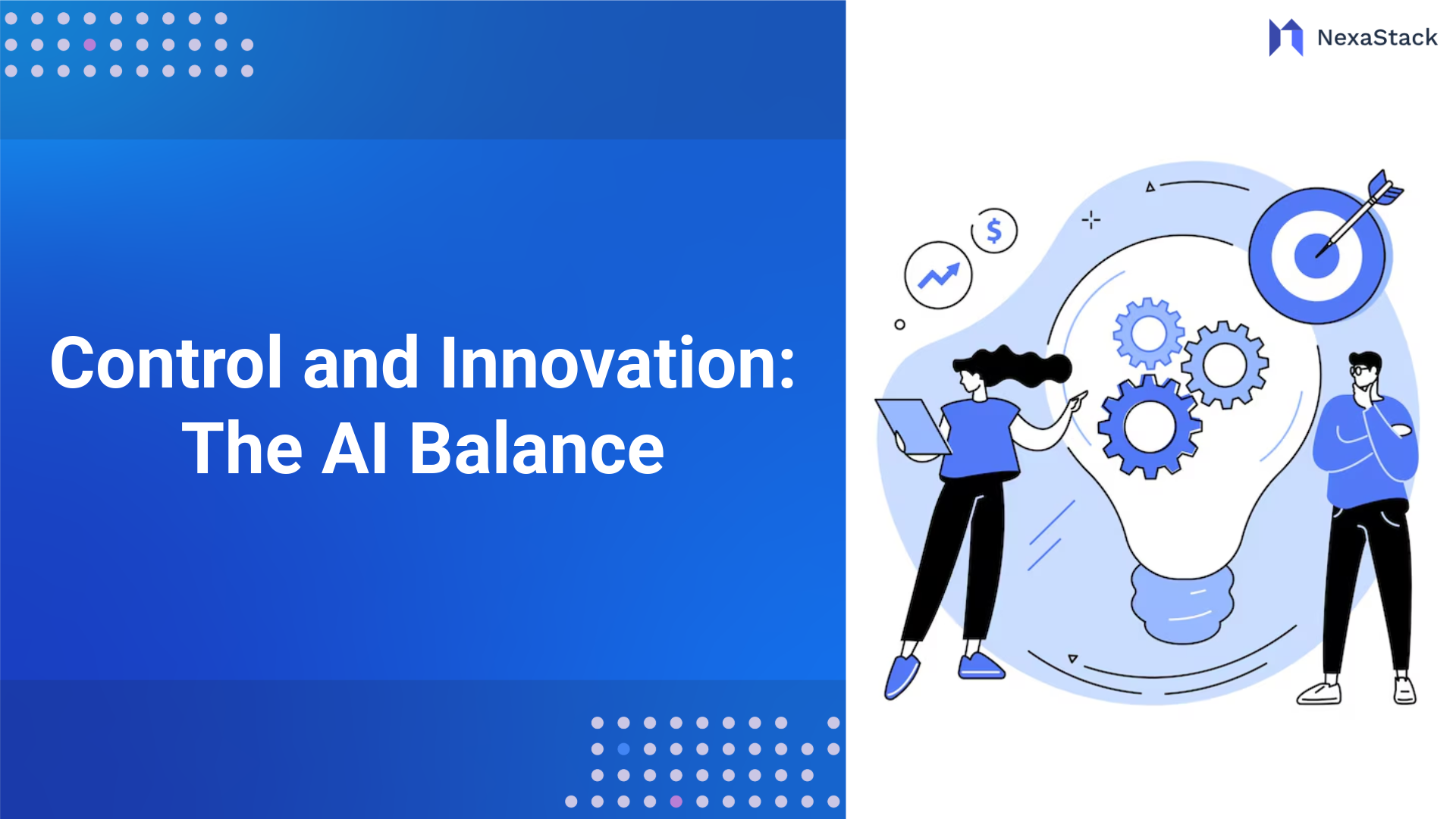TTS as a Business Differentiator
Voice is not just a technological tool; it is emerging as a strategic business asset. A distinctive voice can define a brand’s identity and create lasting impressions on customers. Companies that invest in developing a custom voice—through tailored TTS solutions—benefit from enhanced engagement, improved accessibility, and significant competitive differentiation.
Building a brand identity through voice involves more than just generating speech. It means crafting a unique auditory experience that resonates with customers. A custom voice can convey the company’s values and personality, reinforcing brand recognition and trust. For instance, a warm and friendly tone can make interactions feel more personal, while a clear and authoritative voice can instil confidence in financial or healthcare settings.
TTS technology also enriches the customer experience. When users interact with systems that communicate in a natural, human-like manner, their engagement levels increase. This improved interaction not only boosts customer satisfaction but also helps build long-term loyalty. Moreover, voice interfaces enable companies to serve a broader audience, including those with accessibility challenges, thereby expanding the customer base.
Strategic differentiation in the marketplace is another compelling reason to adopt advanced TTS solutions. With many companies still reliant on generic, one-size-fits-all voice systems, an organization that invests in a unique, high-quality voice can set itself apart from the competition. Additionally, by leveraging open-source TTS, businesses reduce dependency on commercial vendors, ensuring greater control over their voice technology and future-proofing their digital strategies.
For organizations planning to integrate TTS into their operations, a well-defined implementation roadmap is essential. This roadmap should include initial pilot projects to test and refine the technology, followed by full-scale integration into existing systems. Budget considerations, including initial setup costs and ongoing maintenance, must be carefully evaluated to ensure a positive return on investment. With the proper governance and adherence to best practices, companies can manage risks and maximize the strategic value of their voice assets.
How to Deploy Open-Source TTS Easily
 Figure 3: Roadmap for TTS Model
Figure 3: Roadmap for TTS Model - Define Your Requirements
-
Identify your specific use case (customer service, content accessibility, product enhancement)
-
Determine voice characteristics that align with your brand
-
Assess technical needs: languages, deployment environment, and resource constraints
- Select the Right Model
-
Evaluate models based on language support, voice quality, and performance
-
Test 2-3 shortlisted models with standardized scripts in Nexastack’s playground
-
Verify license compatibility with your intended use
- Development & Fine-Tuning
-
Set up a development environment with proper version control
-
For voice customization, collect 30+ minutes of high-quality recordings
-
Implement feedback loops for iterative improvement
- Integration & Deployment
-
Deploy as REST API endpoints or microservices
-
Use containerization (Docker) for consistent deployment
-
Implement caching for frequently requested phrases
- Monitor & Improve
-
Nexastack provides an in-built monitoring setup, which can be helpful in monitoring and governance.
-
Collect user feedback through in-app mechanisms
-
Schedule regular model updates as technology advances
Real-World Success: Financial Services Example
A mid-sized bank implemented OpenVoice v2 for their IVR system using Nexastack:
-
Fine-tuned with 45 minutes of professional voice recordings
-
Results: 27% reduction in call abandonment, 18% improvement in customer satisfaction
-
$1.2M annual cost savings through improved efficiency
Ethics & Legal Checks for TTS Use
As TTS technology becomes more ubiquitous, ethical and legal considerations must take center stage. One of the primary concerns is the issue of voice rights and permissions. It is crucial to ensure that any voice samples used for training or cloning are legally obtained and that the rights of individuals are respected.
-
Unauthorised voice cloning: Preventing misuse of TTS—particularly unauthorised voice cloning—is another significant challenge. Security protocols must be established to protect against potential abuses. Nexastack offers techniques like watermarking synthesized audio and implementing robust authentication systems to ensure that only authorized users have access to certain voice profiles.
-
Regulatory compliance is also critical. Organizations must stay abreast of global and regional regulations such as GDPR, which govern the use of personal data, including voice. Industry-specific standards, particularly in sectors like healthcare and finance, require adherence to strict guidelines to ensure data privacy and security.
-
Transparency in AI-driven voice applications is essential for maintaining user trust. Users should be informed when they are interacting with synthetic voices, and companies should conduct regular audits to ensure ethical practices.
Future of Open-Source TTS Models
The text-to-speech technology field continues to evolve remarkably, with several emerging trends poised to reshape how organizations leverage voice as a strategic asset in the coming years.
-
Multimodal AI Integration:The future of TTS lies in deeper integration with other AI modalities, creating more holistic experiences: Systems that can describe visual content with appropriate emotional tone and emphasis, enabling more natural interfaces for visually impaired users and more engaging content descriptions.
-
Hyper-Personalisation: Beyond simple voice cloning, next-generation systems will offer unprecedented personalisation: TTS that evolves its speaking style based on user interactions, gradually tailoring itself to individual preferences and communication patterns.
-
Edge Computing and Embedded TTS: As computational efficiency improves, powerful TTS capabilities will move to the edge. Full neural TTS models will run on smartphones and IoT devices without cloud connectivity requirements.
-
Ultra-Low Latency Systems: Real-time TTS with imperceptible delays, enabling truly conversational interfaces with natural turn-taking.
-
Synthetic Media Creation: TTS will become a foundational component of broader synthetic media ecosystems.End-to-end systems that convert written articles into narrated videos with synchronized visuals and natural voiceovers.
Conclusion of Open-Source TTS Models
Open-source TTS models implemented through NexaStack represent a groundbreaking opportunity for businesses to approach voice technology strategically. As you explore these technologies, remember that NexaStack provides the technical foundation and the governance framework for responsible and effective voice technology implementation. This comprehensive approach ensures that voice becomes a strategic differentiator in your organisation's digital transformation journey.






